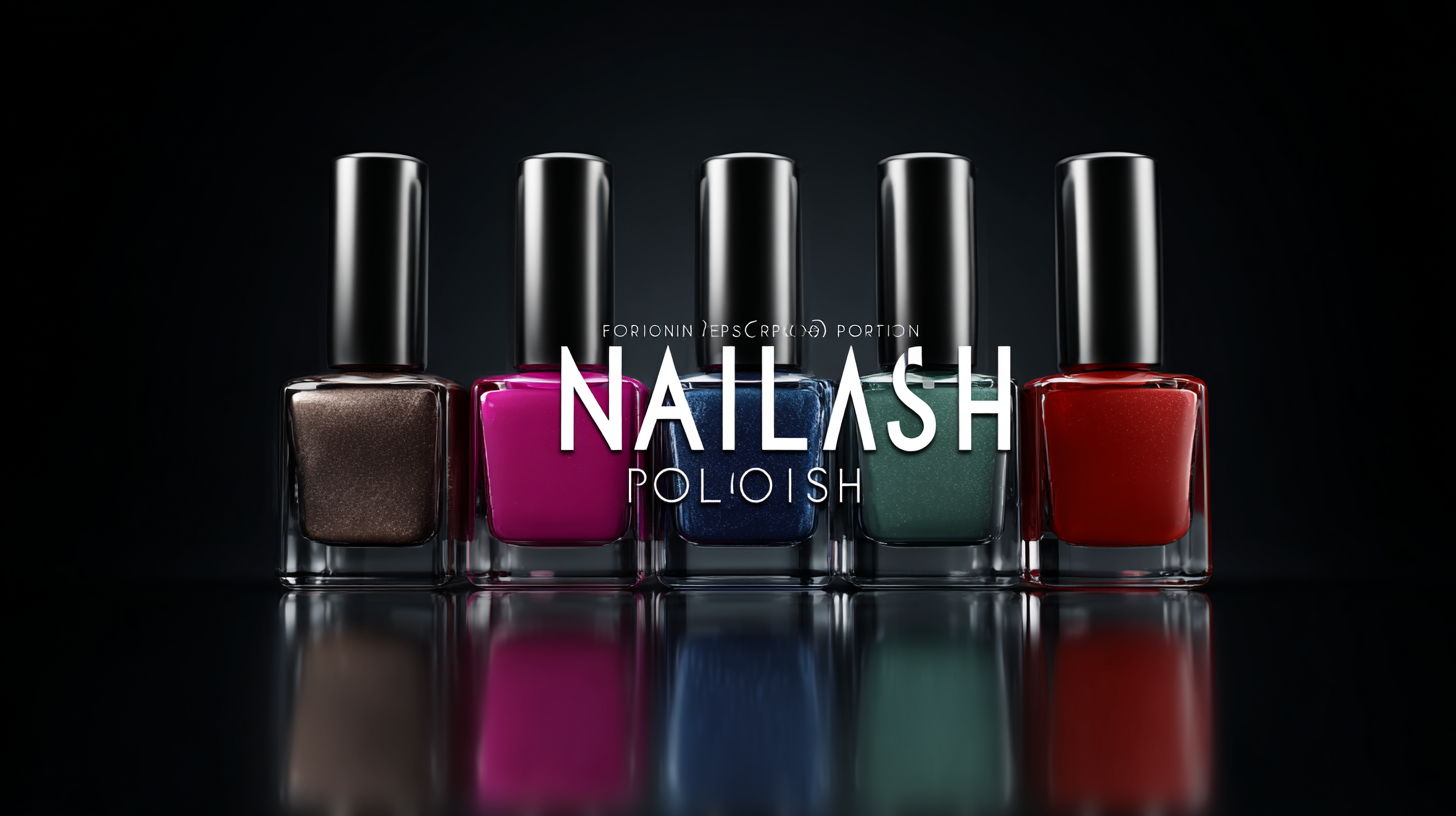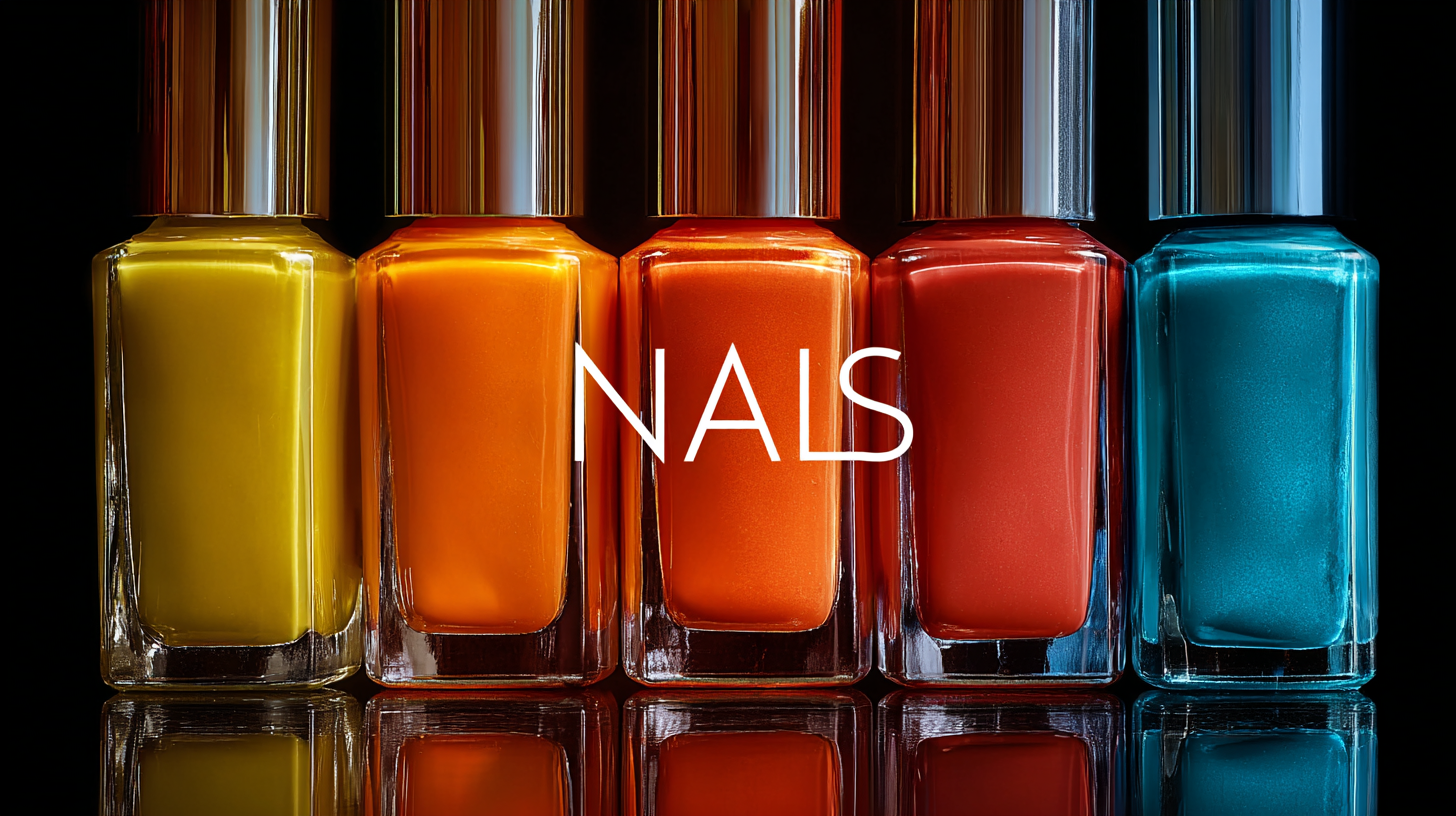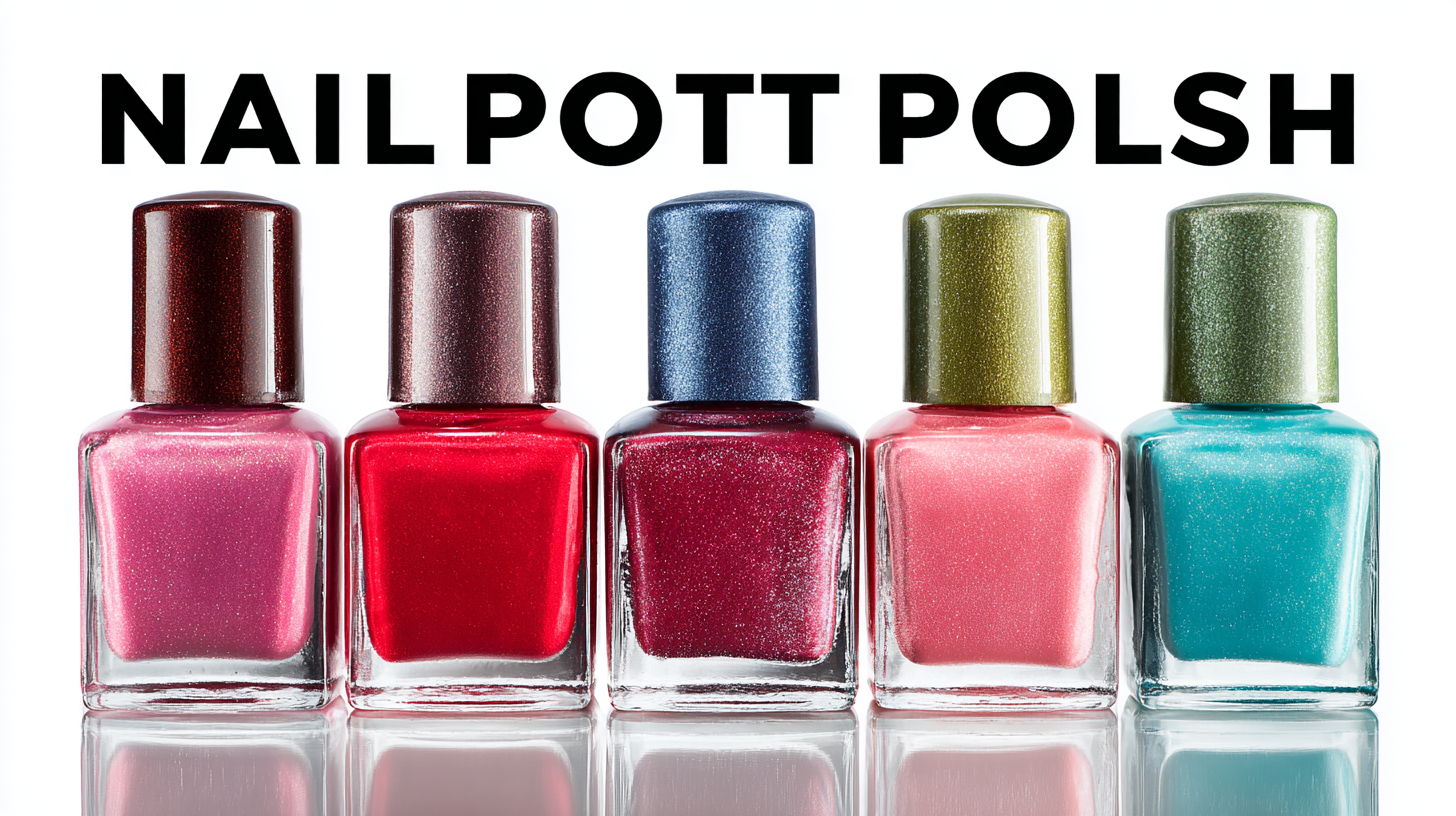
Navigating Import Export Certifications for the Best Nail Polish and How to Master the Process
The global nail polish market is projected to reach USD 15.9 billion by 2027, driven by increasing consumer demand for beauty and personal care products. As the industry expands, navigating the complex landscape of import and export certifications becomes essential for businesses aiming to thrive in this competitive environment. With the rise of international trade, understanding the regulatory frameworks and compliance standards for nail polish products can significantly influence market entry strategies and operational efficiency. This blog will explore the key certifications required for importing and exporting nail polish, offering insights into how businesses can successfully master the certification process while tapping into a lucrative market segment. In doing so, we aim to equip entrepreneurs and industry professionals with the knowledge needed to navigate this critical aspect of the beauty industry confidently.

Understanding the Importance of Import Export Certifications in the Nail Polish Industry
In the nail polish industry, navigating import and export certifications is essential for ensuring product quality and compliance with international regulations. These certifications serve not only as a gateway for products to enter new markets but also as a testament to their safety and efficacy. For manufacturers and distributors, understanding the varied certifications—such as the FDA regulations in the United States or the EU REACH compliance—is crucial to avoid legal pitfalls and to build consumer trust. Each market has its specific requirements, and failure to adhere to these can result in hefty fines or product recalls.
Moreover, import export certifications play a vital role in establishing a brand's reputation. For consumers, knowing that a nail polish has passed rigorous testing and adheres to safety standards can significantly influence purchasing decisions. A brand that takes the steps necessary to obtain the right certifications not only enhances its credibility but also differentiates itself in a competitive market. As global demand for cosmetics continues to rise, mastering the certification process becomes indispensable for those looking to thrive in the nail polish industry.
Nail Polish Import Export Certifications Overview
Key Standards and Regulations for Nail Polish Import Export Compliance
When delving into the import and export of nail polish, understanding the key standards and regulations is crucial for ensuring compliance and success in this competitive market. According to the International Trade Centre, the global cosmetic market is projected to reach $758 billion by 2025, with nail polish being a significant segment. Countries often impose strict regulations to control the quality and safety of cosmetic products. For example, the European Union's Regulation (EC) No. 1223/2009 mandates stringent requirements for cosmetic products, including safety assessments and labeling regulations, ensuring that all ingredients are safe for consumer use.
Tip: Familiarize yourself with the specific regulations in your target market. For instance, the United States Food and Drug Administration (FDA) has its own set of guidelines, which differ from those in the EU. Understanding these differences can prevent costly compliance issues.
Additionally, sourcing materials from certified suppliers is essential for maintaining product integrity. The Cosmetic Ingredient Review (CIR) assesses the safety of cosmetic ingredients and provides valuable insights for manufacturers. Accessing such data can enhance your formulation process and ensure that your nail polish meets safety standards.
Tip: Regularly update your knowledge on regulatory changes in the cosmetics industry. Joining industry associations or subscribing to newsletters can help you stay informed about best practices and compliance requirements essential for smooth import-export operations.
Identifying Quality Manufacturers: Factors to Consider in Nail Polish Production
The global nail care products market is exhibiting impressive growth, with a valuation of $24.56 billion in 2024, projected to reach $36.27 billion by 2032. This surge highlights the increasing consumer demand for high-quality nail polish, making it essential for businesses to identify and partner with reputable manufacturers. When considering manufacturers, factors such as ingredient sourcing, production processes, and adherence to safety standards are crucial. Brands that prioritize non-toxic formulations and sustainability are especially popular amongst health-conscious consumers, further influencing purchasing decisions.
To navigate this competitive landscape, companies must meticulously evaluate potential partners based on their certifications and production capabilities. This includes an assessment of their compliance with international regulations, quality control measures, and historical performance in launching successful products. With the rise of DIY beauty and self-care routines, investing in quality nail polish not only enhances consumer experience but also promotes brand loyalty, thereby establishing a strong market presence as the demand continues to evolve.
Analyzing Industry Data: Trends and Growth in the Nail Polish Market
The nail polish market is experiencing remarkable growth, projected to expand from $25.76 billion in 2025 to $36.27 billion by 2032. This surge is heavily influenced by evolving beauty trends and increasing demand for innovative nail care products. As consumers become more discerning, the allure of personalized nail artistry is driving the proliferation of diverse nail polish shades and finishes.

To capitalize on this booming market, businesses should focus on catering to both household users and salons. Collaboration with local salons can help brands gain direct insight into consumer preferences while also providing a platform for promoting new products. Additionally, leveraging social media to share nail art tutorials can enhance audience engagement and inspire potential clients.
Tips:
1. Conduct regular market research to stay updated on emerging trends. This will help you identify popular colors and styles that resonate with consumers.
2. Consider sustainable packaging options to appeal to eco-conscious consumers, enhancing your brand's image and differentiating your products in a crowded market.
3. Host workshops or events to engage directly with customers, educate them about your products, and build a loyal community around your brand.
Effective Strategies for Streamlining the Import Export Process in Cosmetics
 When navigating the intricate world of import-export certifications for nail polish, having effective strategies can significantly streamline the process. Understanding the specific regulatory requirements in your target markets is crucial. Each country may have distinct policies regarding ingredients, labeling, and safety standards that affect cosmetics. Therefore, conducting thorough research and maintaining an updated checklist can prevent potential setbacks during the import-export process.
When navigating the intricate world of import-export certifications for nail polish, having effective strategies can significantly streamline the process. Understanding the specific regulatory requirements in your target markets is crucial. Each country may have distinct policies regarding ingredients, labeling, and safety standards that affect cosmetics. Therefore, conducting thorough research and maintaining an updated checklist can prevent potential setbacks during the import-export process.
Tip: Collaborate with a knowledgeable customs broker or import-export consultant to leverage their expertise. They can help you understand the documentation required and guide you through the complexities of compliance, thus minimizing delays.
Another essential strategy is to establish strong relationships with suppliers and distributors equipped with the correct certifications. This not only ensures the quality of the products but also simplifies verification processes. Building a reliable network can lead to smoother transactions and faster resolution of any issues that may arise during the certification process.
Tip: Attend industry trade shows and networking events to connect with relevant stakeholders. Engaging with professionals in the cosmetics industry can help you stay informed about best practices and regulatory changes that might affect your business.
